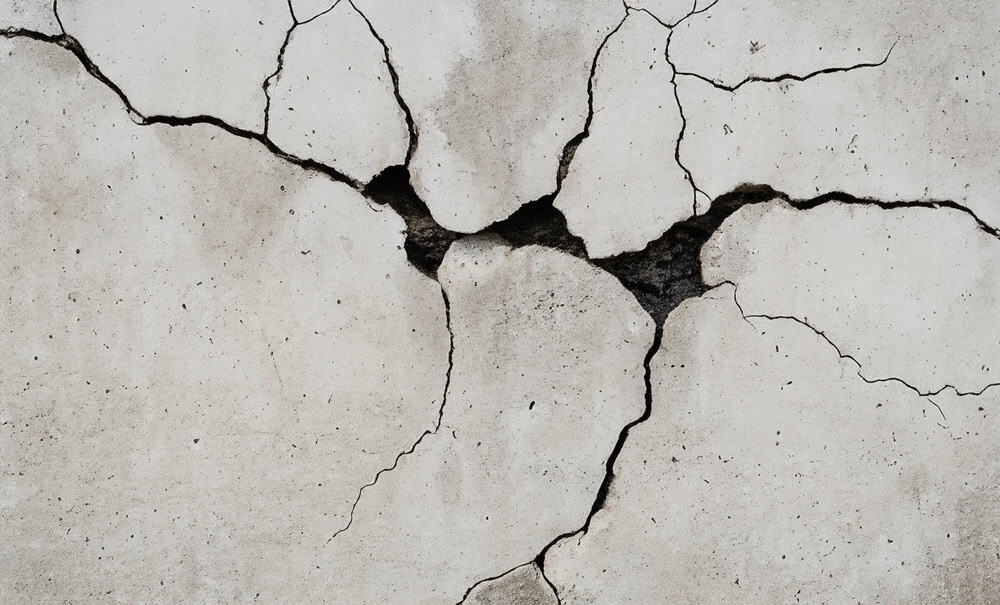Why Concrete Cracks and How Control and Expansion Joints Help

One universal truth about concrete: it will crack. This inevitability is due to the material’s natural tendency to shrink as it cures. Understanding why concrete cracks and the role of control and expansion joints can help homeowners and builders anticipate this and ensure that cracks occur where they should—not where they’ll cause issues.
Why Does Concrete Crack?

-
Shrinkage During Curing:
- As concrete sets, it shrinks because water evaporates from the mix. On average, concrete shrinks about 5/8 inch over 100 feet in length. Factors like water content, temperature, and moisture conditions during curing can make this shrinkage worse.
-
Uncontrolled Cracking:
- Without proper jointing, concrete will crack randomly in weak spots as it shrinks. These cracks can compromise the aesthetics and functionality of the surface.
How Control Joints Prevent Random Cracks

Control Joints manage where cracking occurs by creating intentional weak points in the concrete:
-
What Are Control Joints?
- Visible cuts or grooves made in the surface of the concrete. These cuts weaken the concrete matrix, giving the material a predictable place to crack as it shrinks.
-
How Are They Made?
- Joints are created either by:
- Saw-cutting the hardened concrete.
- Troweling grooves in the surface during installation.
- Joints are created either by:
-
Placement Best Practices:
- Control joints should be regularly spaced, typically every 10 to 20 feet, depending on the thickness of the slab and the project’s requirements.
The Role of Expansion Joints

Expansion Joints address a different issue: the movement of concrete due to shrinkage or environmental factors like temperature changes.
-
What Are Expansion Joints?
- These are soft material spacers (such as foam, rubber, or similar elastomeric materials) placed between the concrete and adjacent materials or other concrete slabs.
-
Why Are They Needed?
- Accommodate Shrinkage: The spacer absorbs voids as the concrete shrinks over time.
- Allow Relative Movement: Expansion joints account for movement between materials, such as concrete slabs and walls, that may expand or contract at different rates.
What Does It Mean if Concrete Cracks?

Seeing cracks in concrete is usually no cause for concern. Most cracks are simply due to normal shrinkage. However:
-
Normal Cracking:
- Fine, superficial cracks that align with control joints or stay within expected tolerances.
-
Potential Problem Signs:
- Heaving or Lifting: Concrete that rises or buckles could indicate issues like poor subgrade preparation, freeze-thaw cycles, or excessive ground movement.
- Wide Gaps or Structural Cracks: Visible cracks that are uneven or spread wider over time could signal structural problems.
Key Takeaways

- Concrete Cracks Are Inevitable: Shrinkage causes cracks as concrete cures.
- Control Joints Direct Cracks: Prevent random cracking by creating intentional weak points.
- Expansion Joints Manage Movement: Soft materials allow for shrinkage, thermal expansion, or motion between surfaces.
- Inspect Cracks Regularly: Most are harmless, but heaving or widening cracks may indicate a problem.
By using well-placed control and expansion joints, professionals ensure concrete can shrink or move while maintaining durability and appearance. Proper planning during installation is the key to managing this natural process!